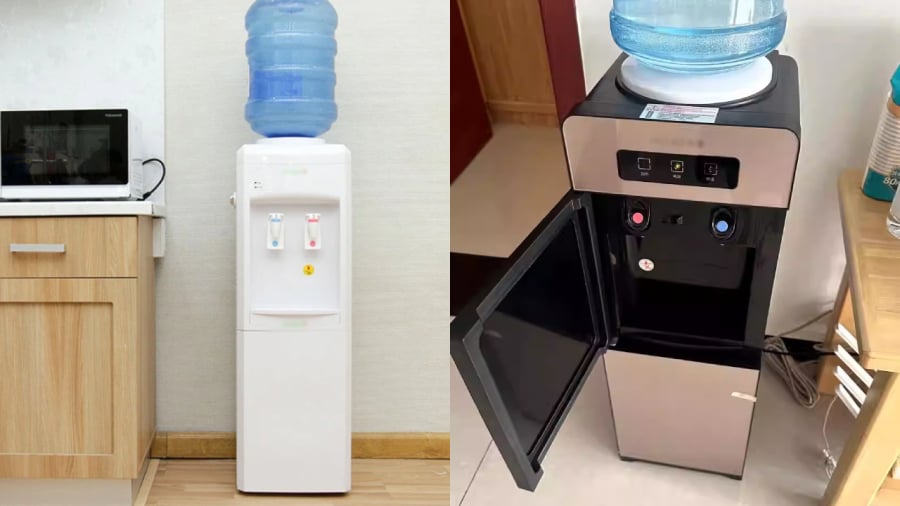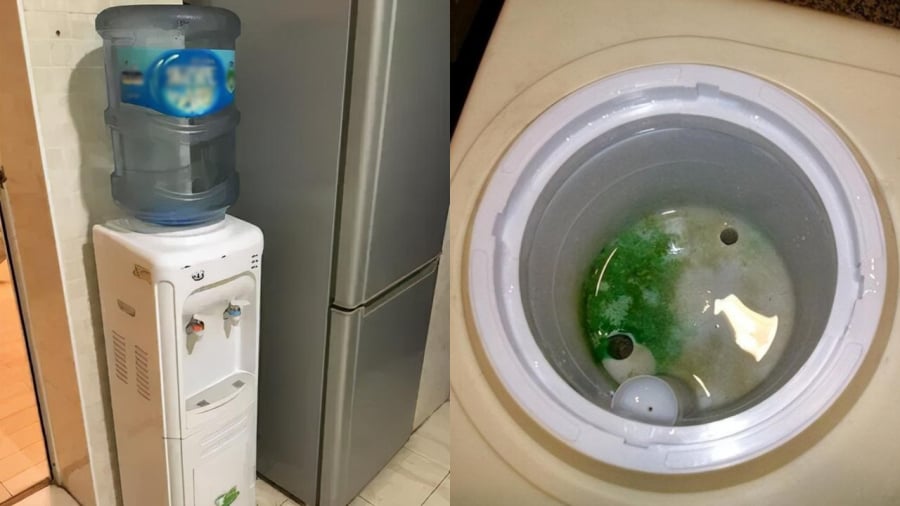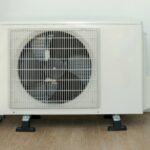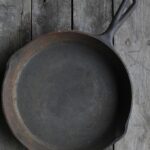Hot and cold water dispensers are a common fixture in many households and offices, typically featuring an upside-down bottle on top. These appliances convert water into two separate streams, one hot and one cold, dispensed through individual taps to cater to different needs. Using such a dispenser can be very convenient as it provides instant access to both cold drinking water and hot water for making tea, cooking noodles, and more, without the need for a refrigerator or a kettle.

Hot and cold water dispensers used to be a popular choice for offices and homes due to their convenience.
These dispensers need to be plugged in at all times and typically have an automatic shut-off feature when the water reaches the desired temperature or in case of overload. Some models even include a separate compartment to chill water or store fresh fruit.
However, despite their convenience, these appliances have certain drawbacks, which have led to a decline in their popularity.
Hygiene Concerns
While some water dispensers come with built-in filters, over time, dirt and impurities can accumulate, reducing their effectiveness. Additionally, if the dispenser is not cleaned regularly, bacteria can thrive, exceeding safe levels. This can pose a health risk to users if consumed over an extended period.

Lack of regular cleaning and maintenance can lead to hygiene issues in hot and cold water dispensers.
Neglecting proper maintenance may even result in the growth of green algae, making the water unsafe for consumption.
High Costs
Hot and cold water dispensers can be expensive to purchase and maintain. In addition to the initial cost of the dispenser, you also need to factor in the ongoing expense of buying compatible water bottles. The weight and size of these bottles can make transportation and replacement a challenge for some individuals.

While hot and cold water dispensers offer convenience, they also come with certain drawbacks.
Furthermore, the quality of bottled water cannot be guaranteed. There have been instances where unscrupulous manufacturers have filled bottles with substandard water, putting consumers’ health at risk.
Environmental Impact
The plastic bottles used with these dispensers contribute to environmental concerns. While they can be recycled to a certain extent, there is still a limit to their reuse. Over time, the quality of the plastic degrades, and they need to be discarded, adding to plastic waste. Improper disposal and recycling practices can lead to soil and water contamination over the long term.
Nowadays, many households are opting for built-in water filtration systems connected directly to their water supply, eliminating the need for bottled water. Some high-end models even offer temperature control, providing water at various temperatures to suit different needs.



































